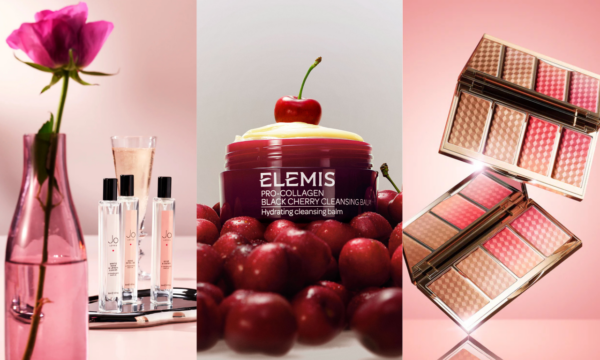The nutritional benefits driving powdered food products

Thanks to our increasingly busy working lives and the continuing search for the ultimate solution when it comes to weight control, powdered food has become big business. This has led to a number of brands entering the market with British product Huel claiming to cover “all of the body’s daily needs in terms of vitamins, minerals, fats, proteins and carbohydrates”.
But powdered food itself is less revolutionary than it seems; from the formula we drank as infants to the gravy we slather over our roasts, we have spent our lives consuming a huge number of these products without even thinking about it. So how did it go from being a cupboard staple to the new big thing in healthy eating, and do the makers of products like Huel have a point?
Powdered food is nothing new
For over a century, humans have been interested in the idea of eating without eating; food pills, which were brought to the public consciousness thanks to the Jetsons, have been theorised since the late 19th century. However, powdered food found widespread use during the wartime era of rationing, particularly powdered milk and eggs, and really broke through in the sixties—the first golden age of convenience food.
Products such as instant mashed potato and Cup-A-Soup provided what one sociologist described to the BBC as “a relief from domestic labour”. In a time before the proliferation of frozen foods, these instant powdered snacks were something of a “Space Age trend”, as the Guardian puts it. As food technology evolved with work trends, powdered food eventually became less about replacing individual flavours and ingredients, and more concerned with substituting entire meals.
Why eat an entire meal in powder form?
But what is the appeal of eating a whole meal from a nutritionally-balanced powder? In the case of Huel, its founder told the Telegraph that the company’s aim was to provide food for “busy people who don’t have time to prep, cook and clear up a healthy meal”. With that intention in mind, the powdered meal market has a pretty considerable target audience, with a recent survey showing that 46% of managers work over 40 hours per week. Yet its website also offers Huel for those with enough time on their hands to bake, suggesting that its nutritional benefits don’t just come from consuming it in its liquid form.
Powdered food companies are also broadening their reach; once only available online, many have hit supermarket shelves for the first time, and Huel has branched out into manufacturing granola. This may come as some relief to those hardy newspaper columnists who have spent a crash course week consuming nothing but powdered replacement meals for their publications. Still, as one writer for Joe Magazine notes, the big picture importance of powdered food in an age of dwindling food supplies and mounting world hunger suggests that, despite their off-putting first impression, “the indulgence of fast fuel” could end up becoming more tempting in the face of a global hunger crisis.
Mix and matcha: The rise of powdered drinks
It isn’t just powdered food which is having its moment in the sun. While we consume powdered drinks on a daily basis—from hot chocolate and Nesquik to Kool Aid—new products are catching the eyes of the press on a regular basis. Sometimes, this isn’t in the products’ best interests, as in the controversial case of powdered alcohol brand Palcohol.
More recently, however, matcha (which is the Japanese word for “powdered tea”) has become the healthy beverage of choice for discerning consumers. Although instant tea has been a technique in some form for nearly 200 years, matcha—a concentrated, powdered form of green tea—originated in the 7th century, from a method of making large quantities of green tea leaves easier to transport.
While matcha has its cultural roots in traditional Japanese tea ceremonies, Westerners are more concerned with its benefits as a provider of antioxidants and caffeine, which has had mixed responses amongst Japanese people. Still the interest in matcha, despite its high price tag, shows that at least people are looking beyond crash diets to improve themselves. It may not be for everyone, but it seems as if powdered food is finding its audience.
The editorial unit


















Facebook
Twitter
Instagram
YouTube
RSS